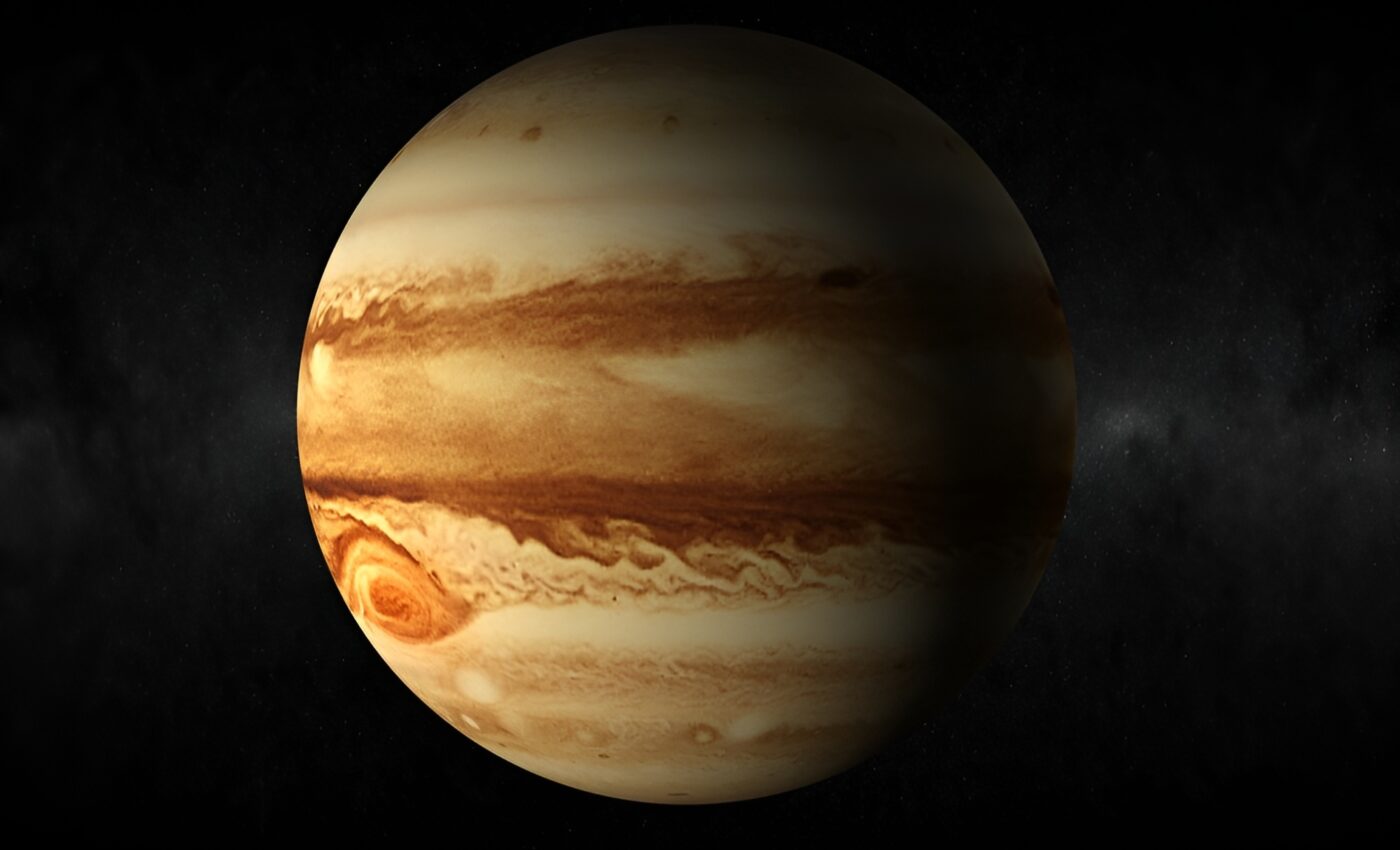
Europa Clipper will deliver a message to one of Jupiter’s moons
Scheduled for launch in October, NASA’s Europa Clipper spacecraft is set to embark on a journey towards Jupiter’s moon Europa, armed with a message of human curiosity and connection.
The mission follows NASA’s long-standing tradition of sending inspirational artifacts into the cosmos, this time incorporating a unique dispatch that encompasses more than 2.6 million names from the public, alongside a poignant poem dedicated to the exploration of this distant moon.
Europa, known for its icy exterior hiding a vast ocean beneath, contains more than double the water found in Earth’s oceans, suggesting potential for life.
Europa Clipper’s message
To commemorate humanity’s quest for knowledge and the shared essence of water as a lifeline, Europa Clipper will carry a specially designed triangular metal plate. This artifact is not just a symbol but a bridge between science and art, featuring U.S. Poet Laureate Ada Limón’s “In Praise of Mystery: A Poem for Europa” etched alongside a silicon microchip bearing the millions of submitted names.
The microchip, central to an artistic illustration, embodies NASA’s “Message in a Bottle” campaign, encouraging public participation in this interstellar voyage.
Mirroring the Voyager’s Golden Record‘s intent to showcase the diversity of life and culture on Earth, the Europa Clipper’s message is a rich tapestry of human creativity and inquiry. Constructed from durable tantalum, the plate measures 7 by 11 inches and is adorned with artwork that emphasizes our planetary kinship with Europa.
Universal connection through water
Notably, it includes waveforms generated from recordings of the word “water” in 103 languages, surrounding a representation of the American Sign Language sign for “water,” symbolizing a universal connection through this essential element.
“The plate combines the best humanity has to offer across the universe – science, technology, education, art, and math,” said Lori Glaze, director of the Planetary Science Division at NASA. “The message of connection through water, essential for all forms of life as we know it, perfectly illustrates Earth’s tie to this mysterious ocean world we are setting out to explore.”
Europa Clipper’s objectives
As Europa Clipper ventures towards Jupiter after a 1.6-billion-mile journey, its mission will be to analyze Europa’s subsurface ocean, ice shell, atmosphere, and surrounding space environment, seeking signs of habitability.
The spacecraft is equipped with a suite of scientific instruments, shielded from Jupiter’s intense radiation by a protective vault, which the commemorative plate will seal.
Integral to the spacecraft’s exploration objectives is the Drake Equation, inscribed on the plate’s inward-facing side. This equation, formulated by astronomer Frank Drake in 1961, explores the likelihood of encountering advanced extraterrestrial civilizations. Alongside, artwork referencing frequencies used in the search for interstellar communication underscores humanity’s enduring quest to connect with the cosmos.
Decades-long journey
The mission also pays homage to planetary science pioneer Ron Greeley, acknowledging his foundational work in conceptualizing a mission to Europa.
Robert Pappalardo, the Project Scientist at NASA’s Jet Propulsion Laboratory, reflects on the mission’s long gestation and the collective anticipation for the discoveries that lie ahead. “It’s been a decades-long journey, and we can’t wait to see what Europa Clipper shows us in this water world,” he said.
As the assembly of Europa Clipper concludes at the Jet Propulsion Laboratory, the spacecraft’s next destination will be NASA’s Kennedy Space Center in Florida, where it will await its monumental launch towards uncovering the mysteries of Europa and potentially, the secrets of life beyond Earth.
Video & Image Credit: NASA/ JPL-Caltech
—–
Like what you read? Subscribe to our newsletter for engaging articles, exclusive content, and the latest updates.
Check us out on EarthSnap, a free app brought to you by Eric Ralls and Earth.com.
—–













